
Darwin is the capital city of the Northern Territory, Australia. The city has nearly 53% of the Northern Territory's population, with 139,902 at the 2021 census. It is the smallest, wettest, and most northerly of the Australian capital cities and serves as the Top End's regional centre.
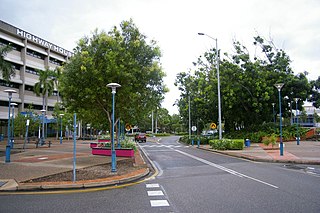
Palmerston is a planned satellite city of Darwin, the capital and largest city of Australia's Northern Territory. The city is situated approximately 20 kilometres from Darwin and 10 kilometres from Howard Springs and the surrounding rural areas. Palmerston had a population of 33,695 at the 2016 census, making it the second largest city in the Northern Territory. According to the 2021 census, the population grew to 37,247 people.
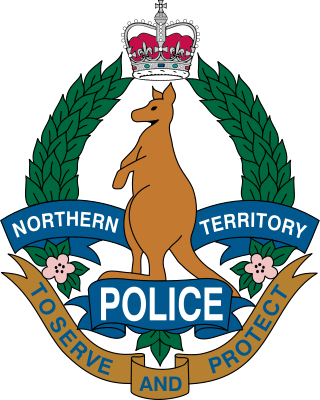
The Northern Territory Police Force is the police body that has legal jurisdiction over the Northern Territory of Australia. This police service has 1,607 police members made up of 83 senior sergeants, 228 sergeants, 912 constables, 220 auxiliaries, and 64 Aboriginal Community Police Officers. The rest of the positions are members of commissioned rank and inoperative positions. It also has a civilian staff working across the NT Police, Fire and Emergency Services.

Nightcliff is a northern suburb of the city of Darwin, Northern Territory, Australia. It is the traditional country and waterways of the Larrakia people.

George Woodroffe Goyder was a surveyor in the Colony of South Australia during the latter half of the nineteenth century.

Adelaide River is a small but historically significant town located at the crossing of the Stuart Highway over the Adelaide River in the Northern Territory of Australia. The town is upstream of the Adelaide and Mary River Floodplains Important Bird Area. At the 2021 census, Adelaide River had a population of 317. Adelaide River is part of the Coomalie Shire and is the second largest settlement in the local government area.
The history of Darwin details the city's growth from a fledgling settlement into a thriving colonial capital and a modern city.
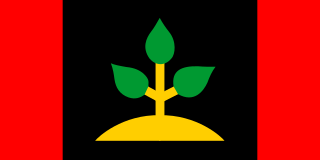
The Larrakia people are a group of Aboriginal Australian people in and around Darwin in the Northern Territory. The Larrakia, who refer to themselves as "Saltwater People", have a vibrant traditional society based on a close relationship with the sea and trade with neighbouring groups such as the Tiwi, Wadjiginy and Djerimanga. These groups share ceremonies and songlines, and intermarry.
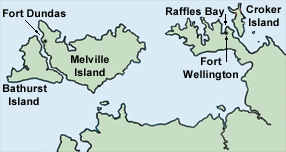
Fort Dundas was a short-lived British settlement on Melville Island between 1824 and 1828 in what is now the Northern Territory of Australia. It was the first of four British settlement attempts in northern Australia before Goyder's survey and establishment of Palmerston, now known as Darwin. The three later attempts were at Fort Wellington, Port Essington and Escape Cliffs.

Rapid Creek refers to both a creek in the city of Darwin, Northern Territory, Australia and the name of a suburb north of the city, situated where the creek meets Darwin Harbour. It is the traditional country and waterways of the Larrakia people.
Bees Creek is an outer rural area of Darwin, Northern Territory, Australia. It is 33 km southeast of the Darwin central business district. It is the council seat of the local government area of the Litchfield Municipality, although most council facilities, public amenities and the actual Municipal offices are in the neighbouring locality of Freds Pass. Bees Creek is mostly rural, with large residential blocks often not served by town sewers or sealed roads. Nevertheless, the area is popular with those wishing to enjoy a rural lifestyle within an easy commuting distance of the city.

Darwin City is a suburb in metropolitan Darwin which comprises the original settlement, the central business district, parkland and other built-up areas. It is the traditional country and waterways of the Larrakia people. It is original site of occupation and includes many of the city's important institutions and landmarks, such as Parliament, Government House, the Northern Territory Supreme Court, Bicentennial Park and the George Brown Darwin Botanic Gardens. The city centre is located in the local government areas of the City of Darwin and the Darwin Waterfront Precinct.

Mindil Beach is a beach in the Northern Territory of Australia, located in the suburb of The Gardens, near Darwin's central business district. Mindil Beach holds the Mindil Beach Sunset Markets, which runs during the dry season of every year. These markets are popular with both the locals and tourists alike and can attract thousands of people..

Paul Foelsche was a South Australian police officer and photographer born in Germany, remembered for his work in the Northern Territory of Australia from 1870 to 1904.
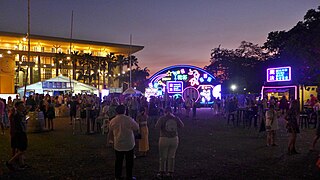
The Darwin Festival, founded as the Bougainvillea Festival in 1979 and named Festival of Darwin from 1996 to 2002, is an annual arts festival in Darwin, Northern Territory. It celebrates the multicultural aspects of the Northern Territory lifestyle. The festival is held over 18 days in August and comprises a series of events including outdoor concerts, workshops, theatre, dance music, comedy, cabaret, film and visual arts. The Darwin Aboriginal Art Fair is held under the umbrella of the festival, and the Garma Festival, NATSIAA art awards, and National Indigenous Music Awards are within the festival period.

Fort Hill is a hill that once existed on Darwin Harbour in the Northern Territory of Australia. It was the location of George Goyder's survey camp which was established in 1869.
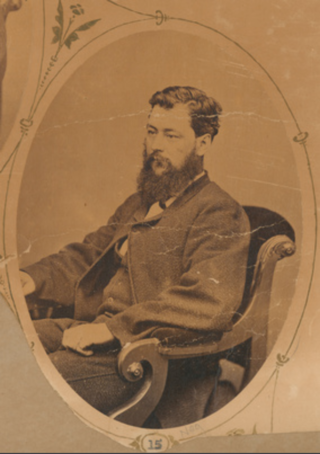
Harrison Daniel Packard was a surveyor in the early days of the colony of South Australia. He served at Escape Cliffs under B. T. Finniss, and later under G. W. Goyder at Port Darwin.

Adelaide River War Cemetery is a heritage-listed cemetery at 105 Memorial Terrace, Adelaide River, Northern Territory, Australia. It was added to the Australian Commonwealth Heritage List on 22 June 2004.

The Canadian Indian residential school system was a network of boarding schools for Indigenous children directed and funded by the Department of Indian Affairs. Administered by various Christian churches and funded by the Canadian government from 1828 to 1997 Canadian Indian residential school system attempted to assimilate Indigenous children into Euro-Canadian culture. Over 4,000 students died while attending Canadian residential school. Students' bodies were often buried in school cemeteries to keep costs as low as possible. Comparatively few cemeteries associated with residential schools are explicitly referenced in surviving documents, but the age and duration of the schools suggests that most had a cemetery associated with them. Many cemeteries were unregistered, and as such the locations of many burial sites and names of residential school children have been lost.
Billiamook, Bellamuck or Billy Muck was a Larrakia man who was one of the first Aboriginal people to interact with white settlers in Garamilla, in what is now known as Darwin in 1869.

















